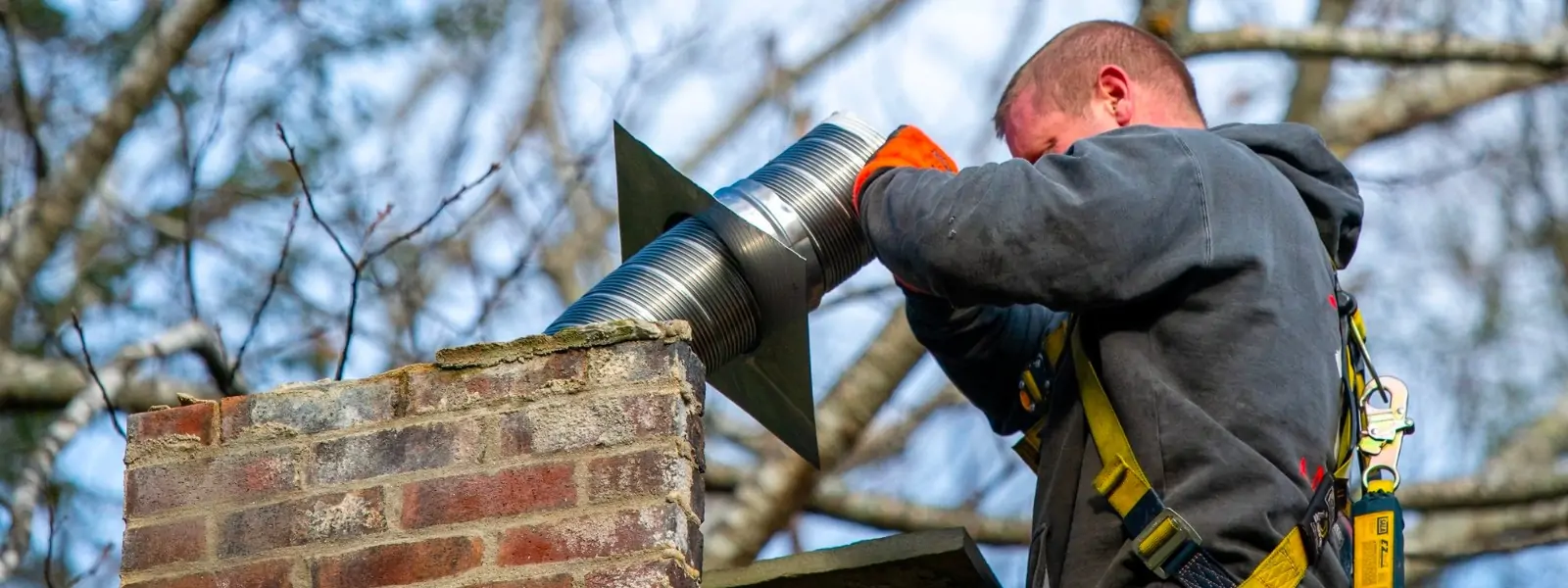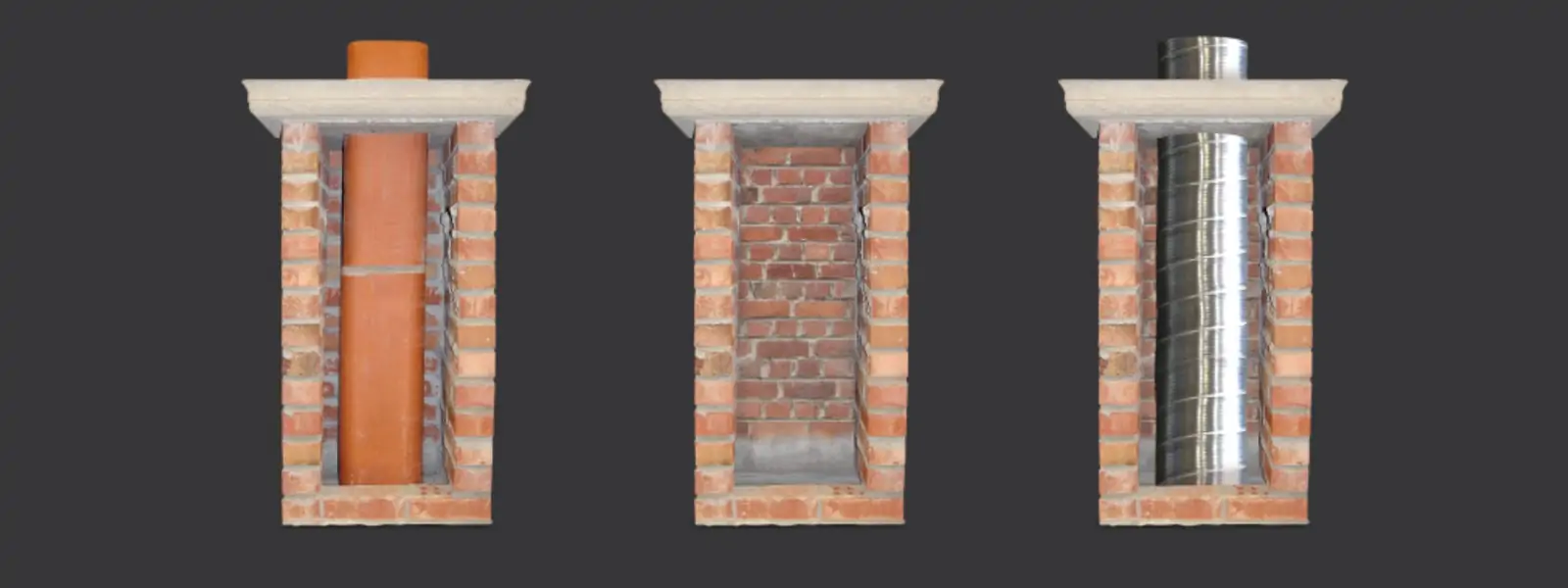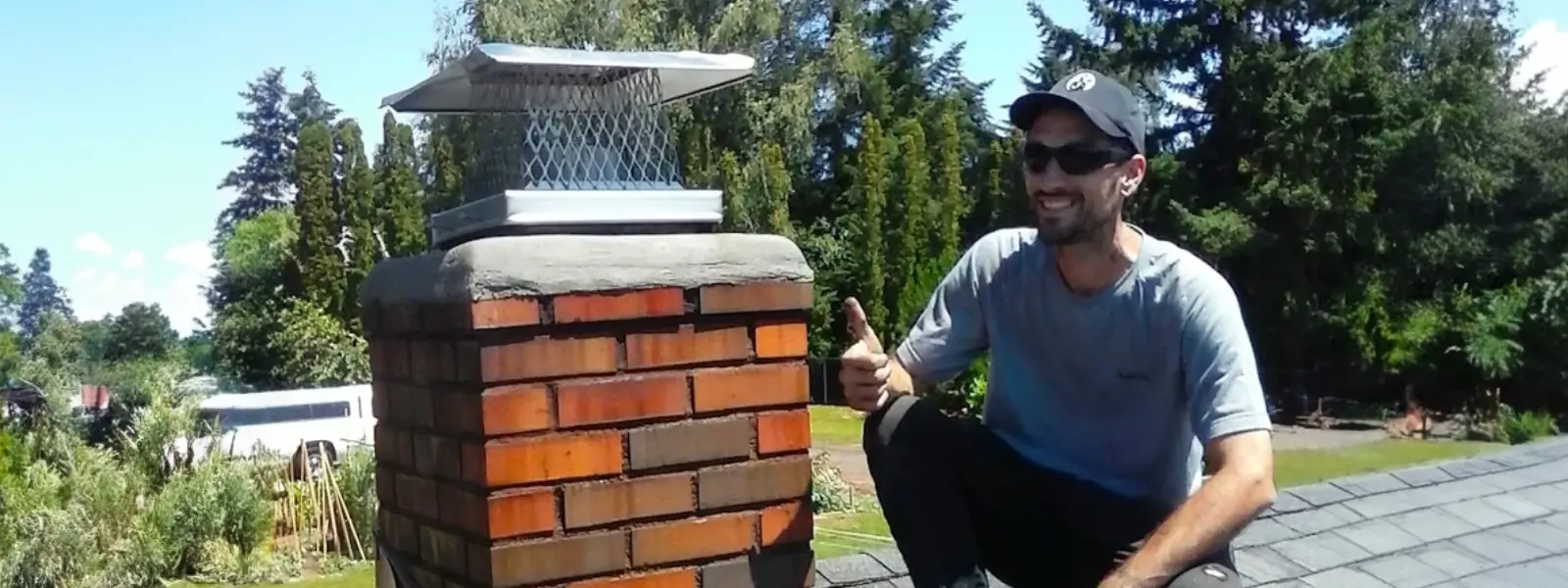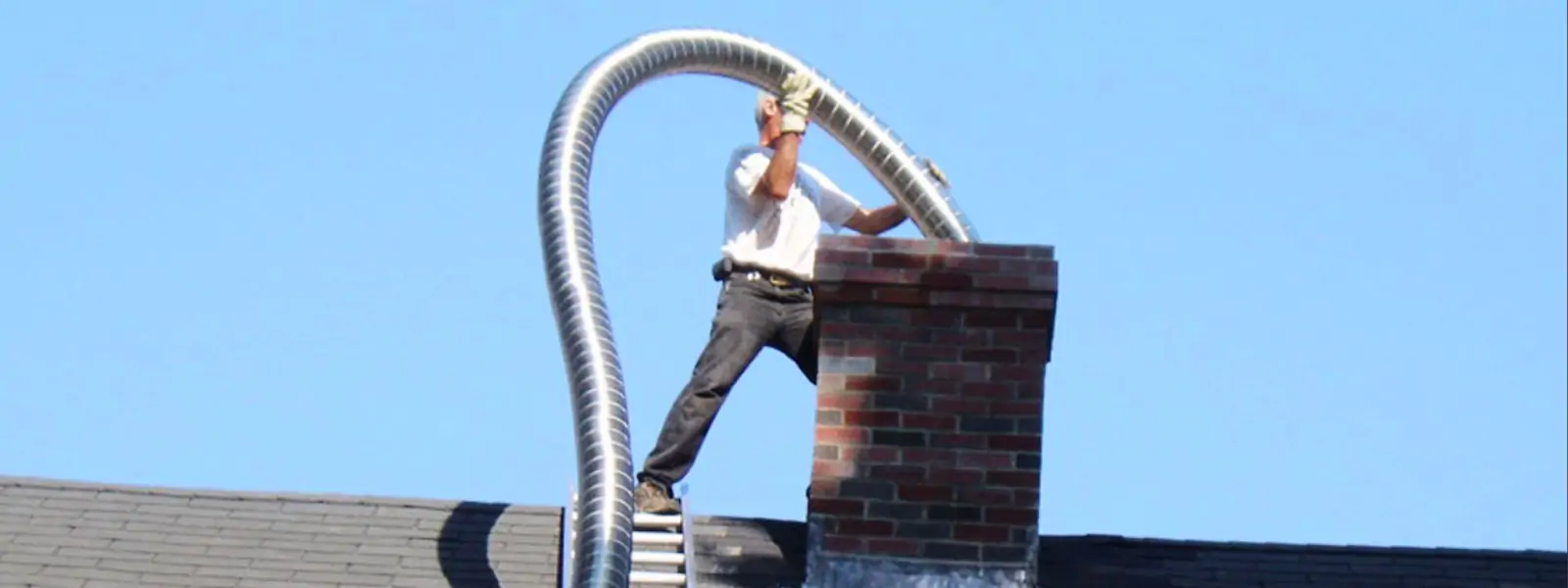Outline
-
- Introduction
- What is a chimney liner and why is it important?
- Factors that affect chimney liner installation costs
- Different types of chimney liners and their pros and cons
- Average chimney liner installation costs
- Additional costs to consider when installing a chimney liner
- DIY vs. professional chimney liner installation
- How to find a reliable chimney liner installation contractor
- Tips for saving money on chimney liner installation
- Common chimney liner installation mistakes to avoid
- Conclusion: The importance of proper chimney liner installation
Introduction
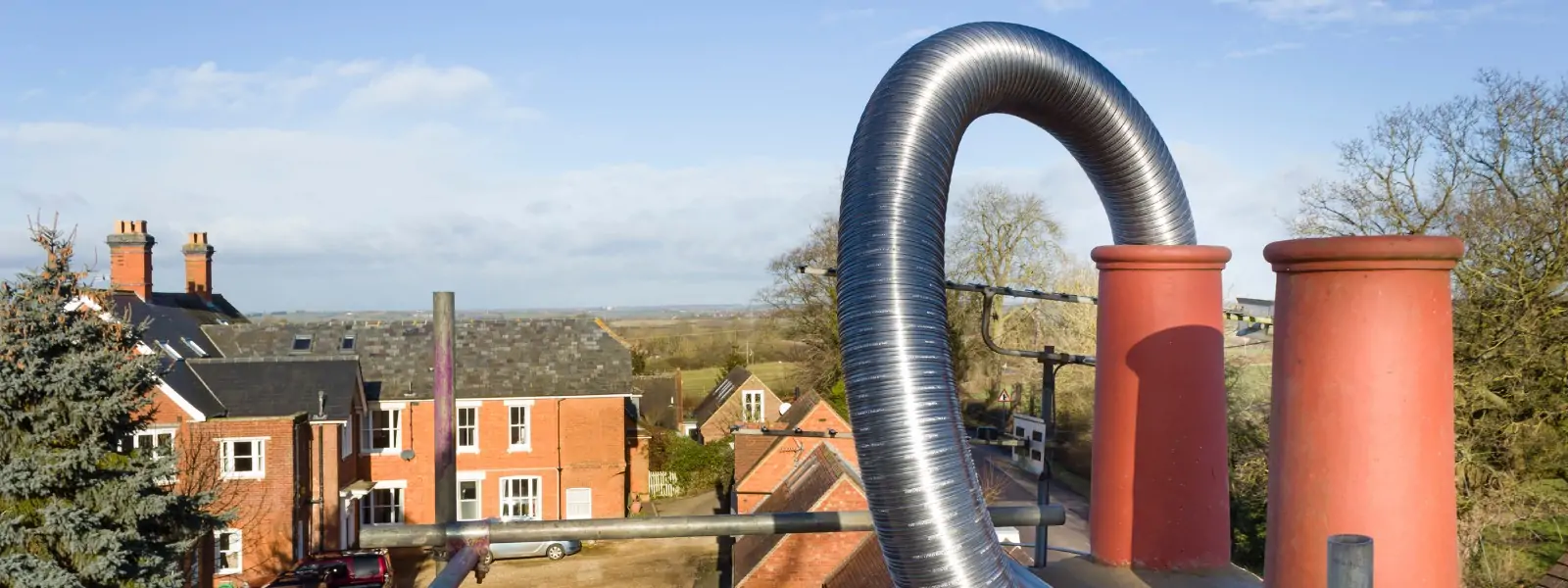
Welcome to our comprehensive guide on chimney liner installation costs for 2024. If you’re a homeowner considering chimney repairs or upgrades, this is the article you’ve been searching for. We’ll provide you with all the information you need to make informed decisions and set a realistic budget for your project.
As the leading experts in chimney maintenance, we understand the importance of having a properly functioning and efficient chimney system. A chimney liner plays a critical role in protecting the integrity of your chimney and ensuring the safety of your home.
In this guide, we’ll break down the costs associated with chimney liner installation, discussing the various factors that can influence the overall expense. From materials and labor to size and design options, we’ll guide you through the entire process.
Armed with this knowledge, you’ll be able to make confident choices that align with your needs and budget. Don’t let chimney liner installation costs be a mystery any longer. Let’s dive in together and uncover everything you need to know for a successful and cost-effective chimney upgrade.
What is a chimney liner and why is it important?
A chimney liner is a protective barrier that lines the inside of your chimney. Its primary purpose is to contain the byproducts of combustion and guide them safely out of your home. Chimney liners also help prevent heat transfer to combustible materials, reducing the risk of a house fire. Liners also improve the efficiency of your chimney and reduce the buildup of dangerous creosote.
There are several types of chimney liners available, including clay tile, metal, and cast-in-place liners. Each type has its benefits and drawbacks, so it’s important to choose the right one for your specific needs. The type of liner you choose will impact the overall cost of installation.
Factors that affect chimney liner installation costs
Several factors can influence the cost of chimney liner installation. The size and height of your chimney, as well as the type of liner you choose, will play a significant role. Additionally, the condition of your existing chimney and any necessary repairs or modifications will impact the overall cost.
Labor costs will also vary depending on the location and complexity of the installation. Some chimneys may require scaffolding or other equipment, which can increase the cost. It’s essential to consult with a professional chimney liner installer to get an accurate estimate based on your specific circumstances.
Different types of chimney liners and their pros and cons
There are three primary types of chimney liners: clay tile, metal, and cast-in-place. Each type has its advantages and disadvantages, which should be considered when determining the appropriate liner for your chimney.
Clay tile liners are the most common and affordable option. They are durable and can withstand high temperatures, making them suitable for most chimneys. However, clay tile liners can be susceptible to cracking and may require regular maintenance.
Metal liners, such as stainless steel and aluminum, offer excellent durability and corrosion resistance. They are suitable for wood-burning, gas, and oil appliances. Metal liners are also easy to install and require less maintenance than clay tile liners. However, they can be more expensive upfront.
Cast-in-place liners are made of a cement-like material that is poured into the chimney and molded to the correct shape. They provide excellent insulation and can be used to repair damaged or deteriorated chimneys. However, cast-in-place liners can be costly and require professional installation.
Average chimney liner installation costs
The cost of chimney liner installation can vary significantly based on several factors. On average, homeowners can expect to pay between $1,500 and $5,000 for chimney liner installation. However, it’s important to note that this is just a rough estimate, and the actual cost will depend on the specific details of your project.
The type of liner you choose will have a significant impact on the overall cost. Clay tile liners are generally the most affordable option, with an average installation cost of $1,500 to $3,000. Metal liners can range from $2,000 to $4,000, while cast-in-place liners can cost between $3,000 and $5,000.
Additional costs to consider when installing a chimney liner
When budgeting for chimney liner installation, it’s essential to consider any additional costs that may arise. Some common additional expenses include chimney repairs, chimney cap installation, and scaffolding or equipment rental.
If your chimney is in poor condition or requires repairs, these costs will need to be factored into the overall budget. Additionally, installing a chimney cap can help prevent water damage and animal intrusion, but it will add to the installation cost.
In some cases, the installation may require scaffolding or other equipment, particularly for taller or harder-to-reach chimneys. These additional expenses should be discussed with your chimney liner installer during the estimation process.
Additional costs to consider when installing a chimney liner
When budgeting for a chimney liner installation, it’s essential to consider the additional costs that may arise beyond the basic materials and labor. These costs can vary depending on the specific needs of your chimney. Here are a few factors to keep in mind:
1. Inspection and Cleaning: Before installing a chimney liner, it’s crucial to have your chimney inspected and cleaned. This step ensures that any existing issues are addressed, and the liner can be installed properly. The cost of inspection and cleaning can range from $100 to $300, depending on the size and condition of your chimney.
2. Permits and Building Codes: Depending on where you live, you may need to obtain permits for chimney liner installation. Additionally, your project must adhere to local building codes. These requirements can vary significantly, so it’s essential to check with your local authorities to determine the associated costs.
3. Chimney Cap and Crown: Installing a chimney liner often goes hand in hand with replacing or repairing the chimney cap and crown. These components help prevent water damage and keep animals and debris out of your chimney. The cost of a chimney cap and crown can range from $200 to $800, depending on the materials used and the complexity of the design.
DIY vs. professional chimney liner installation
While some homeowners may consider installing a chimney liner themselves to save money, it’s important to weigh the pros and cons of DIY installation versus hiring a professional. Here are a few things to consider:
1. Safety: Chimney liner installation involves working with high temperatures, toxic substances, and potentially dangerous heights. A professional chimney liner installer has the necessary experience and safety equipment to handle these hazards safely.
2. Expertise and Knowledge: Chimney liner installation requires a deep understanding of the chimney system and the different materials and techniques involved. A professional installer can ensure that the liner is properly sized and installed, maximizing its efficiency and longevity.
3. Time and Effort: Installing a chimney liner is a complex and time-consuming process. It requires careful measurements, precise cutting, and proper sealing. Hiring a professional can save you time and effort, allowing you to focus on other aspects of your home improvement project.
How to find a reliable chimney liner installation contractor
At Chimcare, we pride ourselves on being a leading chimney services company since 1989. Our range of services includes expert chimney liner installation, ensuring the safety and efficiency of your home’s heating system. Our experienced and certified professionals are committed to delivering the highest quality service. We also offer a loyalty program with benefits such as fixed pricing and lifetime warranties. Serving in Washington, Oregon, Ohio, California, and Massachusetts, we are dedicated to your chimney care needs.
Tips for saving money on chimney liner installation
Chimney liner installation costs can add up quickly, but there are ways to save money without compromising on quality. Here are a few tips to help you stay within your budget:
1. Compare Quotes: As mentioned earlier, obtaining multiple quotes allows you to compare prices and services. This step ensures you’re getting a fair deal and helps you identify any unusually high or low estimates.
2. Consider Different Materials: Chimney liners come in various materials, each with its advantages and price points. Discuss the pros and cons of different options with your contractor to find a material that meets your needs and budget.
3. Combine Projects: If you have other chimney repairs or upgrades planned, consider combining them with the chimney liner installation. Bundling multiple projects can often lead to cost savings, as contractors can offer discounted rates for larger jobs.
Common chimney liner installation mistakes to avoid
While chimney liner installation is best left to professionals, it’s essential to be aware of common mistakes that can occur during the process. Avoiding these mistakes can save you time, money, and potential headaches down the line. Here are a few key mistakes to be mindful of:
1. Incorrect Sizing: A chimney liner that is either too small or too large can lead to inefficiencies and potential safety hazards. Ensure your installer takes accurate measurements to determine the appropriate liner size for your chimney.
2. Poor Installation Techniques: Improper sealing, inadequate insulation, and faulty connections can compromise the effectiveness of your chimney liner. Make sure your contractor has the necessary expertise and uses high-quality materials to prevent these issues.
3. Ignoring Maintenance and Cleaning: Once your chimney liner is installed, it’s crucial to follow proper maintenance and cleaning practices. Neglecting these tasks can lead to the deterioration of your liner and reduce its lifespan. Regular inspections, cleanings, and repairs are essential to keep your chimney system functioning optimally.
Conclusion: The importance of proper chimney liner installation
In conclusion, understanding the costs associated with chimney liner installation is essential for homeowners considering chimney repairs or upgrades. By factoring in additional costs, comparing DIY versus professional installation, finding reliable contractors, and implementing cost-saving strategies, you can ensure a successful and cost-effective chimney liner installation.
Remember to prioritize safety, expertise, and proper maintenance to maximize the lifespan and efficiency of your chimney liner. With the information provided in this guide, you’re well-equipped to make informed decisions and set a realistic budget for your chimney upgrade project.
Don’t let chimney liner installation costs be a mystery any longer. Take the necessary steps to protect your chimney and ensure the safety of your home.

